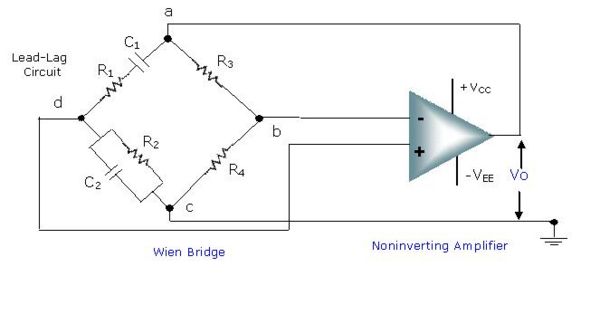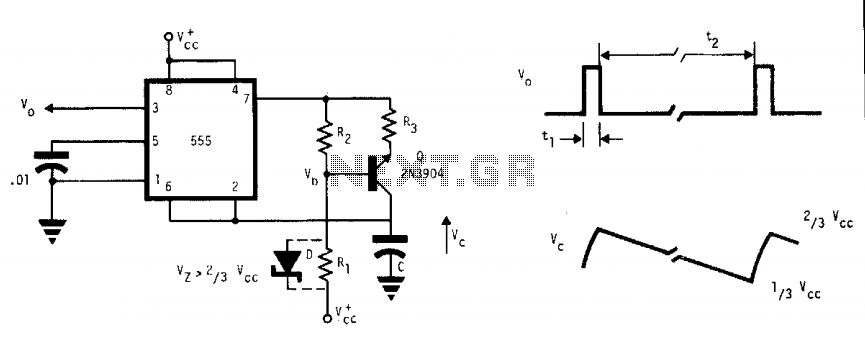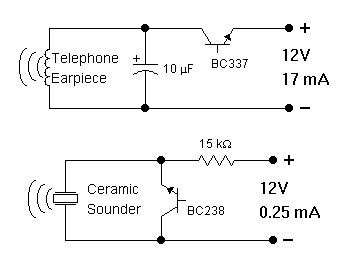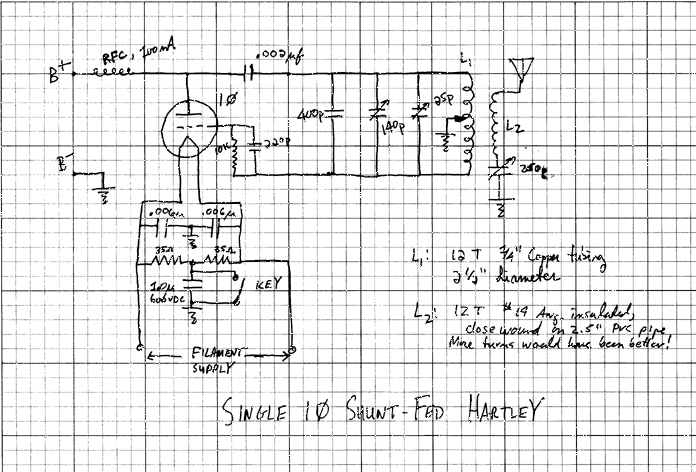
Precision Oscillator With 20ns Switching
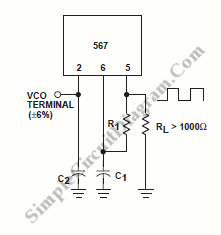
A precision oscillator can be constructed using a quartz crystal; however, with appropriate component selection, it is also possible to build one using an RC (resistor and capacitor) circuit.
An RC oscillator generates an oscillating signal through the use of resistors and capacitors, providing a simpler and more cost-effective alternative to quartz crystal oscillators. The fundamental principle of operation relies on charging and discharging the capacitor through the resistor, creating a time delay that results in oscillation.
In a basic RC oscillator circuit, a resistor (R) is connected in series with a capacitor (C), and this combination is typically connected to an inverting amplifier or a Schmitt trigger. The output of the amplifier is fed back to the input via the RC network, establishing a feedback loop. The time constant, defined as τ = R × C, determines the frequency of oscillation, which can be calculated using the formula:
\[ f = \frac{1}{2 \pi R C} \]
where f is the frequency in hertz, R is the resistance in ohms, and C is the capacitance in farads.
For improved precision and stability, careful selection of resistor and capacitor values is essential. The temperature coefficient of the components should be considered, as variations in temperature can affect the frequency stability. Additionally, using low-tolerance components can enhance the accuracy of the oscillator.
Common applications of RC oscillators include signal generation for timers, clock pulses in digital circuits, and audio frequency generation in synthesizers. While they may not achieve the same frequency stability as quartz crystal oscillators, RC circuits are advantageous in applications where cost, simplicity, and size are critical factors.
For practical implementation, a common design choice is the use of a 555 timer IC in astable mode, which utilizes the RC network to produce a square wave output. This configuration allows for easy adjustment of the output frequency by varying the resistor and capacitor values, providing flexibility in design.
Overall, building a precision oscillator using an RC circuit is a viable option that can fulfill various electronic requirements while maintaining cost-effectiveness and simplicity in design.Precision oscillator can be built using quartz crystal, but with proper component selection, you can also build one with RC (resistor and capacitor) circuit.. 🔗 External reference
An RC oscillator generates an oscillating signal through the use of resistors and capacitors, providing a simpler and more cost-effective alternative to quartz crystal oscillators. The fundamental principle of operation relies on charging and discharging the capacitor through the resistor, creating a time delay that results in oscillation.
In a basic RC oscillator circuit, a resistor (R) is connected in series with a capacitor (C), and this combination is typically connected to an inverting amplifier or a Schmitt trigger. The output of the amplifier is fed back to the input via the RC network, establishing a feedback loop. The time constant, defined as τ = R × C, determines the frequency of oscillation, which can be calculated using the formula:
\[ f = \frac{1}{2 \pi R C} \]
where f is the frequency in hertz, R is the resistance in ohms, and C is the capacitance in farads.
For improved precision and stability, careful selection of resistor and capacitor values is essential. The temperature coefficient of the components should be considered, as variations in temperature can affect the frequency stability. Additionally, using low-tolerance components can enhance the accuracy of the oscillator.
Common applications of RC oscillators include signal generation for timers, clock pulses in digital circuits, and audio frequency generation in synthesizers. While they may not achieve the same frequency stability as quartz crystal oscillators, RC circuits are advantageous in applications where cost, simplicity, and size are critical factors.
For practical implementation, a common design choice is the use of a 555 timer IC in astable mode, which utilizes the RC network to produce a square wave output. This configuration allows for easy adjustment of the output frequency by varying the resistor and capacitor values, providing flexibility in design.
Overall, building a precision oscillator using an RC circuit is a viable option that can fulfill various electronic requirements while maintaining cost-effectiveness and simplicity in design.Precision oscillator can be built using quartz crystal, but with proper component selection, you can also build one with RC (resistor and capacitor) circuit.. 🔗 External reference
